Ozone to support better health
Ozone may be helpful for many different types of health problems that have failed to respond to conventional, herbal and nutritional therapies. Ozone is a natural gas made up of 3 oxygen molecules and is generated in nature by UV rays during thunderstorms and lightning, and gives the fresh invigorating smell to the air after a thunderstorm has passed. Ozone is an important component of our atmosphere. Our atmosphere contains 0.01 ppm-0.04 ppm of ozone, which balances the level of bacteria and mildew in nature.
Ozone was discovered in 1840 and its benefits are proven, reliable and reproducible, and it has been found to have minimal side effects. Medical ozone has been used for over 150 years to treat infections, ulcers, wounds and many diseases. During the first world war (1914-18) doctors applied ozone topically to wounds and discovered ozone not only remedied infection, but also had immune boosting properties.
Ozone has been used by dentists for many years to control microbes in their clinics. Ozone is also used by some medical doctors, especially in Europe and the USA, to treat infections. Ozone increases oxygen delivery to tissues and cells, thereby improving immune function.
The first O3 generator was patented by Nikola Tesla in 1896 and he started the “Tesla Ozone Company.” Ozone generators are available today for personal use that convert oxygen in the air into ozone.
Ozone cannot be inhaled, as it can damage the lungs; apart from this precaution, ozone is safe and generally has no side effects.
Ozone has a high oxidizing capacity which makes it effective for disinfecting and sterilizing. It can destroy most bacteria in water or in the air and is accepted as a broad-spectrum, effective disinfectant and antiseptic.
The molecule of ozone is inherently unstable and tries to break down into an oxygen molecule as quickly as possible. This is what makes ozone such a great air and water cleanser. The ozone molecules need to combine with something in order to break down, so they end up oxidizing organic compounds and turn them into harmless carbon dioxide and water. Because ozone quickly breaks down into oxygen it is less toxic than disinfectant chemicals like chlorine. Ozone is the cleanest oxidizer and disinfector.
Disease causing (pathogenic) microbes can never become resistant to ozone and ozone will always be able to kill them. Ozone destroys a wide range of microbes including bacteria, viruses, parasites and fungi. So, you can see that ozone is a breakthrough for infection control, as many microbes are now resistant to antibiotic and anti-fungal drugs. Several types of anti-fungal drugs can be toxic to the liver.
Ozone purifies water, sterilises food produce, eliminates pesticides, purifies air, removes odours and toxic mould from the home, clothes, shoes and bathrooms.
Ozone can be administered to a person as an ozonated oil or ozonated water. The oil can be rubbed onto areas of the skin, scalp and nails that are infected with bacteria, viruses and fungi. Ozone oil can be used to reduce warts and cold sores as these are both viral infections.
Ozone gas can also be directed into body cavities such as the external ears, vagina or rectum. This is easily done with a syringe, silicon bag and catheter. Do not do this unless your doctor tells you to do it, as it is best done under supervision.
Ozone is such a powerful therapy and yet it’s hardly known by the general public. Very few people know that you can treat an infected wound with ozone oil or that you can use it to reduce inflammation, address leaky gut, boost your immune system and support your overall healing.

Ozone water
Ozone water may be helpful for –
- Small intestinal bacterial overgrowth (SIBO)
- Dysbiosis (unhealthy microbes throughout the gut)
- Candida or other yeast infections in the gut
- Anal itch caused by yeast infection
- Intestinal parasites
You may need to drink 1 to 2 litres daily of freshly ozonated water to reduce gastrointestinal (gut) infections.
Ozone water, oil or gas can be used to improve –
- Infected wounds and ulcers
- Fungal infections of nails
- Skin infections
- Acne
- Mouth and gum disease and ulcers
You can also swill the freshly ozonated water around your mouth and hold it in the mouth for several minutes to reduce gum disease and gum and mouth infections. It may also help reduce and heal mouth ulcers.
Ozone water is great for your plants
This oxygen enriched ozone water nourishes the plant’s root system which improves plant health and growth. Many diseased and infected plants are quick to recover after ozone water.
Anti-microbial effects of Ozone
- Ozone can kill Staphylococcus, Coliform bacilli and Bacillus pyocyaneus by up to 99. 9%.
- Ozone can kill Pseudomonas fluorescens, Salmonella, Typhimurium, Shigella flexneri and Vibrio cholerae up to 100%
- Ozone is able to destroy hay bacillus variant spores up to 100%.
- Ozone is able to destroy mix-colour aspergillus, peach pecilocin and VUQ protozoa up to 100%
- Ozone is able to destroy black, green and orange mould and falciform spore mould up to 100%
- Ozone can damage Hepatitis A virus and B virus
- Ozone can destroy the influenza virus and SARS in the air up to 97.2
- Ozone water can kill poliomyelitis virus 1(PV1) and simian rotavirus SA-11 as well as rotavirus
Other effects of Ozone
- Partially disintegrates pesticides, chemical fertilizers and hormones
- Oxidizes heavy metals and organic substances
- Removes various odours
NOTE: Ozone does not replace vaccination, good hygiene practices or medical treatment.
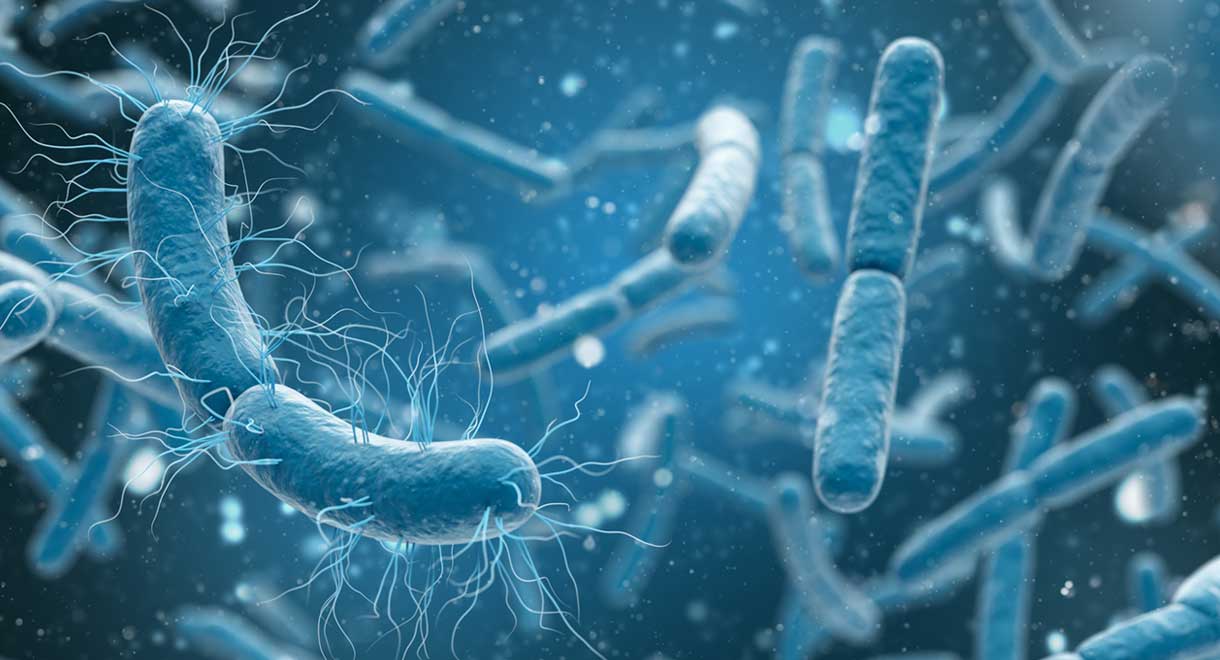
How does ozone kill microorganisms?
The process for ozone disinfection is to release the third oxygen atom to destroy the cell membrane of the bacteria and the protein shell of viruses, then to directly destroy their genetic material (RNA and DNA) by oxidizing and decomposing them. For example, HCHO combined with O3, will generate CO2, H2O and O2.
The process for O3 oxidization is that one of the oxygen atoms of O3 acts with the surface of metal or organic substances to generate different harmless substances.
References:
Di Paolo N, et al. Ozone therapy editorial review. Int J Artificial Organs. 2004; 27:168–75.
Bocci V. Biological and clinical effects of ozone: Has ozone therapy a future in medicine? Br J Biomed Sci. 1999; 56:270–9.
Folinsbee LJ. Effects of ozone exposure on lung function in man. Rev Environ Health. 1981; 3:211–40.
Bocci V. Is it true that ozone is always toxic? The end of a dogma. Toxicol Appl Pharmacol. 2006; 16:493–504.
Holmes J. Clinical reversal of root caries using ozone, double-blind, randomised, controlled 18-month trial. Gerodontology. 2003; 20:106–14.
Shoemaker JM. Ozone therapy: History, physiology, indications, results. [cited in 2010]. Available from: http://www.fullcircleequine.com/oz_therapy.pdf .
McLean L. The miracle of ozone therapy. [cited in 2009 Jun]. Available from: http://www.zeusinfoservice.com/Articles/TheMiracleofOzoneTherapy.pdf .
Stoker G. Ozone in chronic middle ear deafness. Lancet. 1902; 160:1187–8.
Carpendale MT, et al, Ozone inactivates HIV at noncytotoxic concentrations. Antiviral Res. 1991; 16:281–92.
Haug KF, et al, The use of Ozone in Medicine, classical medical ozone textbook. 11 edition 1987.
Sunnen GV. Ozone in medicine: Overview and future directions. J Adv Med. 1988; 1:159–74.
Johnson AS, et al, Irrigation of the abdominal cavity in the treatment of experimentally induced microbial peritonitis: efficacy of ozonated saline. Am Surg J. 1993; 59:297–303.
Gérard V, et al, SARS and ozone therapy: Theoretical considerations. [cited in 2003]. Available from: http://www.triroc.com/sunnen/topics/sars.html .
Viebahn-Hänsler R. The use of ozone in medicine: Mechanisms of action. Munich. 2003. May 23-25, [cited in 2003]. Available from: http://www.oxidation-therapy.com/pdfs/MechanismofAction.pdf .
Martínez-Sánchez G, et al, Therapeutic efficacy of ozone in patients with diabetic foot. Eur J Pharmacol. 2005; 523:151–61.
Bocci V. Ozonization of blood for the therapy of viral diseases and immunodeficiencies: A hypothesis. Med Hypothesis. 1992; 39:30–4.
Sharma M, et al, Ozone gas is an effective and practical antibacterial agent. Am J Infect Control. 2008; 36:559–63.
Mustafa MG. Biochemical basis of ozone toxicity. Free Radical Biol Med. 1990; 9:245–65.
Mechanism of action of ozone on the human lung.[J Appl Physiol (1985). 1989]
Therapeutic efficacy of ozone in patients with diabetic foot.[Eur J Pharmacol. 2005]
Ozone inactivates HIV at noncytotoxic concentrations.[Antiviral Res. 1991]
Ozonization of blood for the therapy of viral diseases and immunodeficiencies. A hypothesis.[Med Hypotheses. 1992]
The cascade mechanism to explain ozone toxicity: the role of lipid ozonation products.[Free Radic Biol Med. 1995]
Biochemical basis of ozone toxicity.[Free Radic Biol Med. 1990]
Antibacterial effect of ozone on cariogenic bacterial species.[J Dent. 2009]
www.ncbi.nlm.nih.gov/pmc/articles/PMC3312702/
www.ncbi.nlm.nih.gov/pmc/articles/PMC5783482/


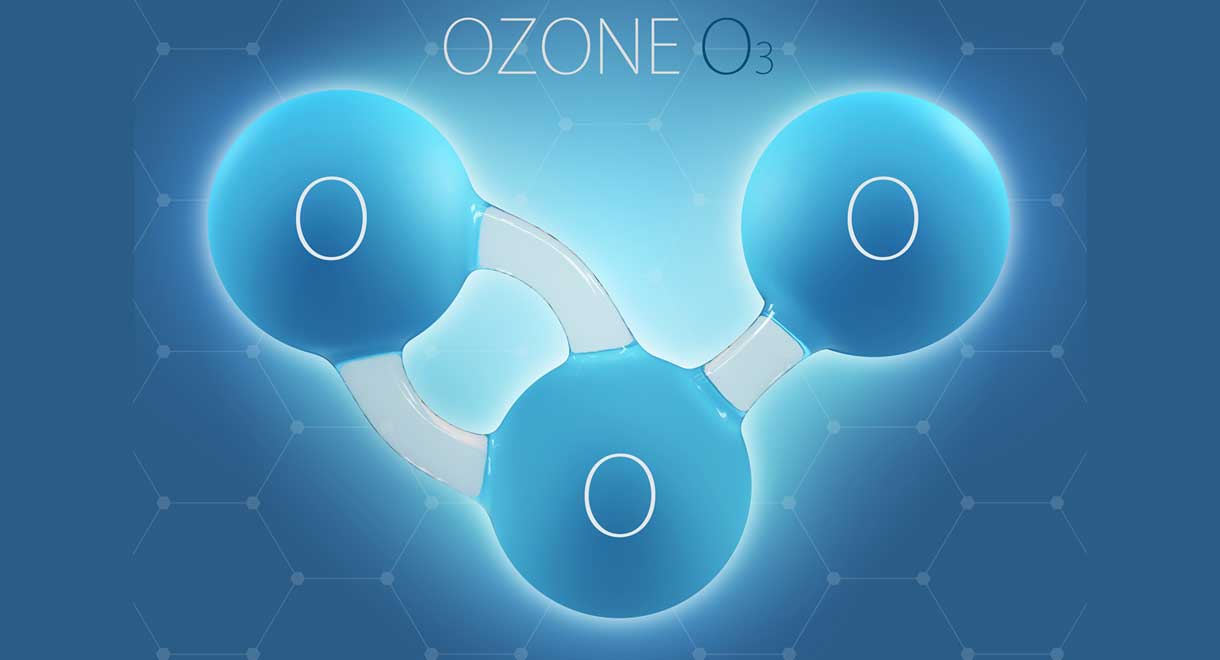

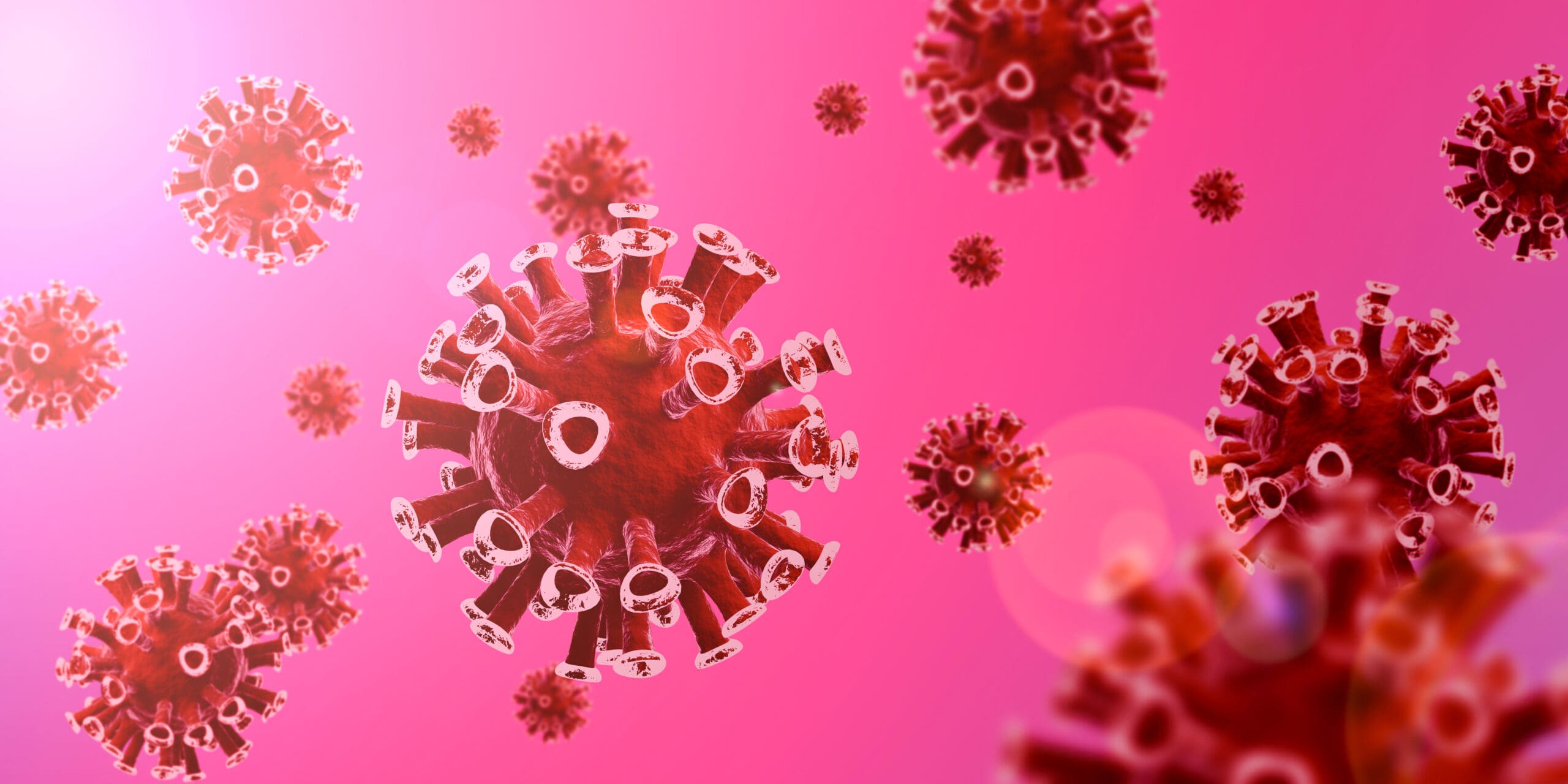
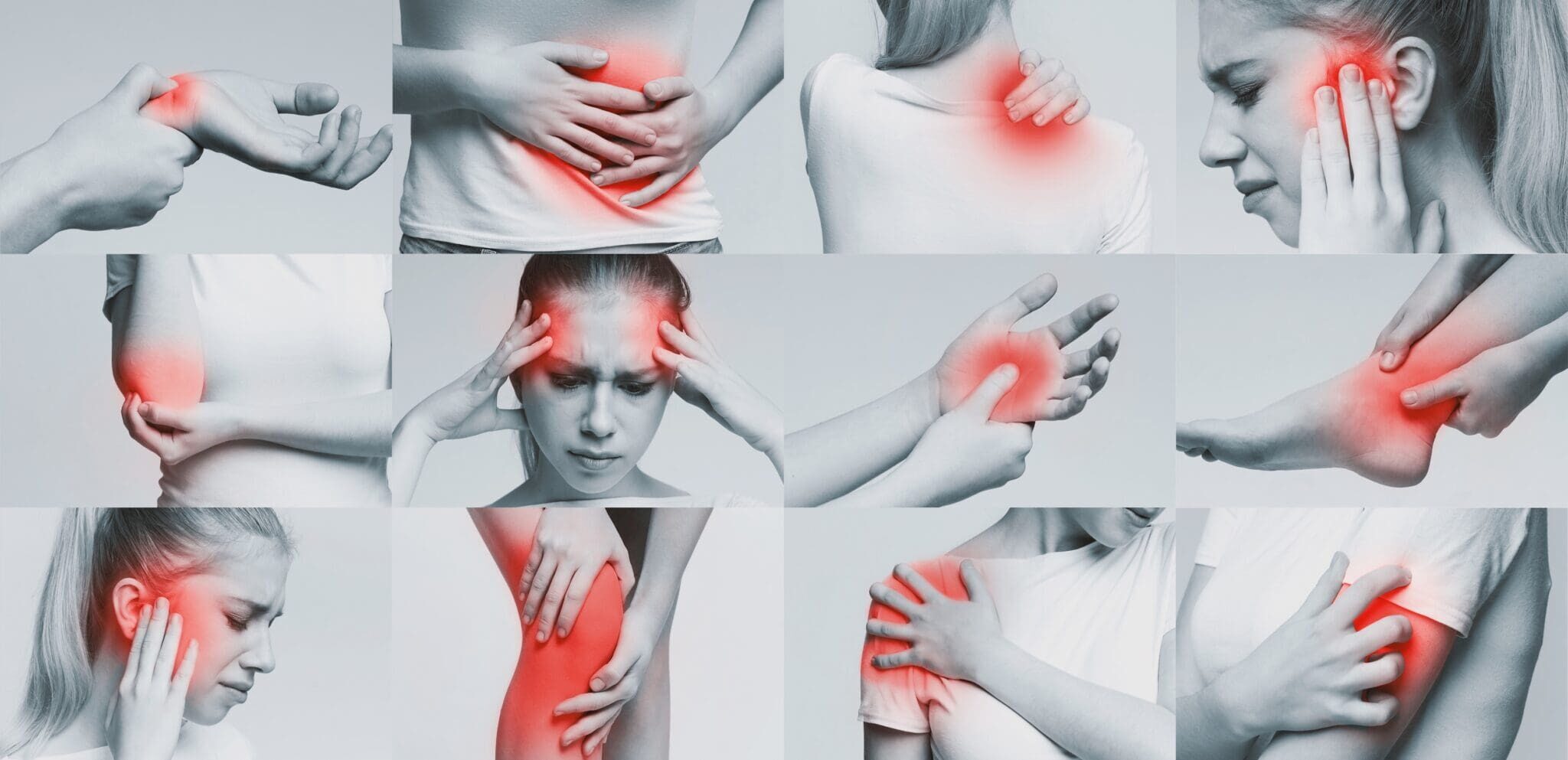
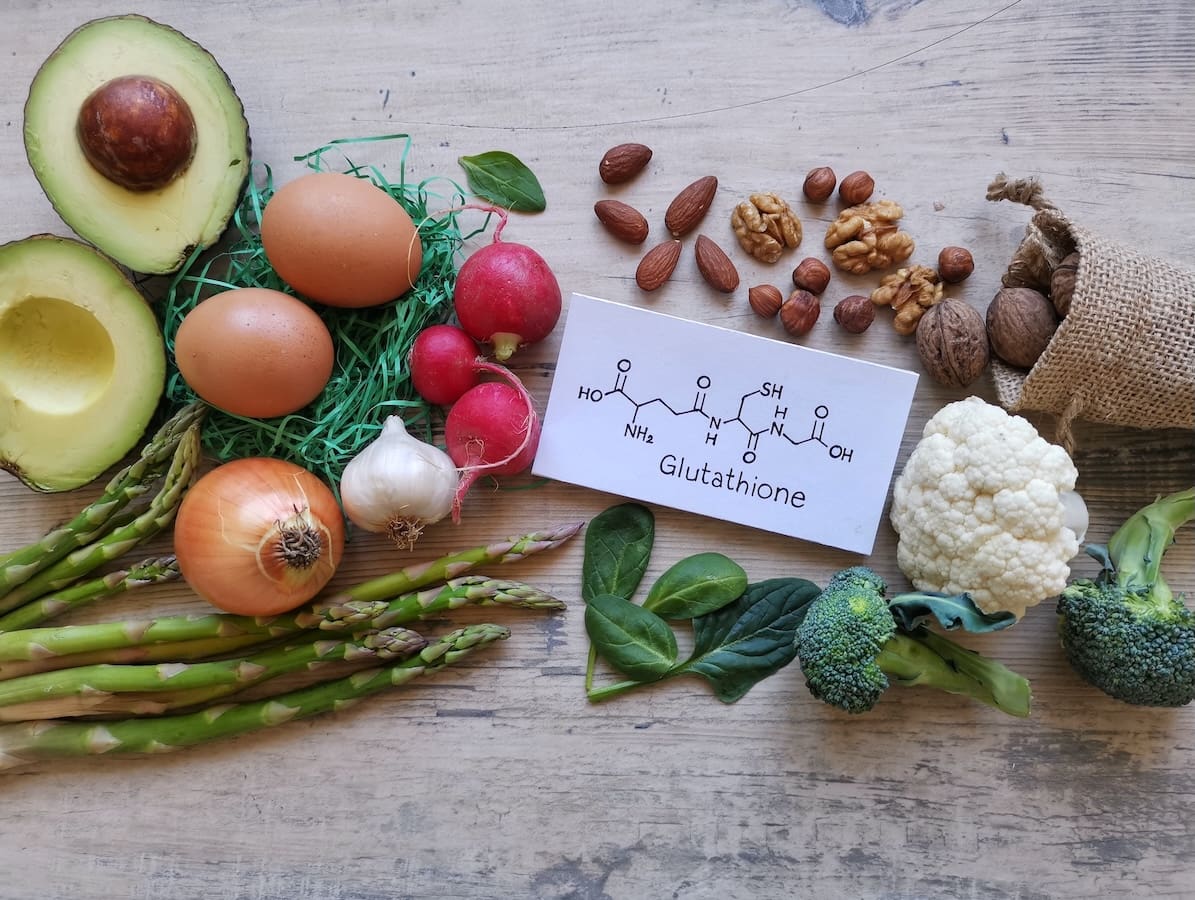


What website is best to purchase a small or large ozone generator from? I hope you can advise.
They can be purchased here: https://shop.cabothealth.com.au/ozone-generator-kit
If ozone Water kills some ‘bad’ gut bacteria it must also kill the other bacteria in the gut?
Hi Patricia,
Yes it’s true that ozone will kill some good gut bacteria as well.
Ozone is mostly indicated for patients with an unhealthy digestive tract that has been overtaken by unhealthy gut bugs, which resulted in unpleasant symptoms. Ozone helps reduce the total bacterial and fungal burden in the gut.
Kind regards,
Margaret
I would love to know if anyone has used the machine to do the air in a room? We have a room with suspected mould and I’d like to use it in there, but can’t find any instructions in the booklet as to how to do this? Do you still use water in the glass mug or do we need to change the fitting to the round ball?? Much appreciation x
Hi Ruth,
In the booklet under point 9 the instructions state: When generating ozone into the air for “air-cleaning purposes” ensure people and animals are not in the room to help prevent discomfort caused by the specific odour generated by ozone. You should close the doors and windows of the room you want to ozonate and operate the machine with the remote control. After turning off the machine with the remote control, wait for 60 minutes after the ozone machine stops working before entering the room. Keep the room closed for 4 hours so that the ozone can sterilize the room and exert its full cleansing effect.
If you have a bad mould problem you might need a bigger machine that attaches to an oxygen tank – we have some available, you can call 02 4655 8855.
Kind regards,
Louise
Thankyou so much, yes I read that in the leaflet, but my question relates to specific operating instructions of the machine. Is it the same as using the grey bauble in the water, just not attaching the mug/water aspect? So the bauble is just in the air? It is it still necessary to use the water? The machine comes with a cylindrical bauble and a spherical bauble… there are no instructions as to the different uses.
Hi Ruth,
When you use the Ozone machine to cleanse a room you don’t attach anything to it. You simply plug in the machine and turn it on. Don’t attach the mug or the ozone destructor.
If you have any more questions it would be easiest to call our office and request to speak to Victoria – 02 4655 4666.
Kind regards,
Louise